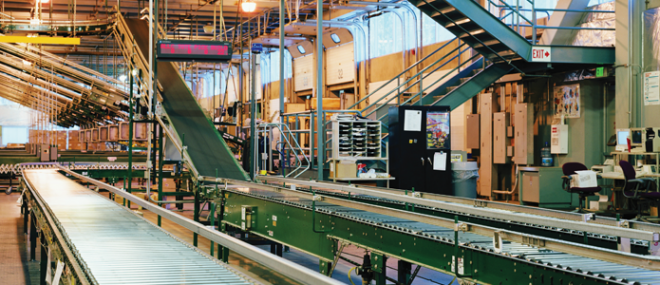The world of manufacturing is constantly evolving and changing , and 3D printers may be the next big step. For years, when the technology was first introduced, it appeared to be more of a novelty than a practical tool, creating one-off trinkets and souvenirs. But now, with lower costs and technological advances, the 3D printing market is expected to reach $700 million in Canada by 2028.
What is 3D Printing?
3D printing, or additive manufacturing, is a process that allows for a three-dimensional solid object to be created from a digital file.
But like any relatively new technology, there are both pros and potential drawbacks.
What can 3D printing do?
3D printing allows for the creation of complex objects with precision. It is used in various industries, including:
Manufacturing & prototyping
Companies can use 3D printing to create prototypes and test product designs before mass production.
Healthcare
Custom prosthetics, dental implants, and even 3D-printed organs are being developed.
Aerospace & Automotive
Lightweight, durable components can be printed for airplanes, rockets, and cars.
Construction
Some companies are 3D printing entire houses and buildings.
Education & Research
Schools and universities can use 3D printing to teach engineering, design, and science concepts.
Fashion & Art
Designers create unique jewelry, clothing, and sculptures using 3D printing.
The current state of 3D printing
The global 3D printing market is experiencing significant growth and is expected to reach a market size of $131 billion worldwide by 2030.
- The worldwide market was valued at approximately $19.3 billion in 2024 and is projected to grow to $23.4 billion in 2025.
- The automotive sector made up about a quarter of 3D printing revenues in 2023.
3D printing and traditional manufacturing
Currently, 3D printing is most commonly used for producing prototypes because changes are typically easier and cheaper to make when compared with having to reset tools in a factory setting. The technology is ideal for low-volume production, such as craft items like jewellery or customized products like prosthetics.
It’s also great for producing lightweight and complex shapes for high-value products ranging from aircrafts to racing cars. This is because the printer deposits material only where it’s needed. Adidas, Ford, HP, and Boeing all utilize 3D printing in some capacity during their testing or production process.
Adidas, for instance, has used a form of 3D printing called “digital light synthesis” in order to produce the soles of trainers, pulling them fully formed from a vat of liquid polymer. This method can be used in some Adidas factories to produce shoes more quickly than conventional processes would allow.
But some believe that 3D printing may never be fully embraced by the manufacturing industry because it’s so time consuming; some complex items can take days to create. Currently, the cost of equipment and materials for 3D printing is also quite high, and the choice of materials available is a fraction of the variety used in conventional manufacturing methods.
3D printing can help boost supply chain resilience
3D printing can enhance supply chain resilience by providing a flexible and efficient manufacturing solution. Historically, it has played a crucial role in addressing supply chain disruptions, and as the technology advances, its impact will continue to grow. By enabling localized production, additive manufacturing allows companies to establish shorter, stronger, and more adaptable supply chains.
Traditional supply chains rely heavily on physical inventory, a major vulnerability. However, with on-demand 3D printing, inventory can become digital. Engineers and manufacturers can simply send a design file to the nearest 3D printer in the supply chain, whether for a manufacturer assembling components or a consumer receiving the final product. This can reduce the need for warehousing and minimize incremental transportation.
Ensure your manufacturing business is protected
Whether you currently use 3D printing in your manufacturing process or not, it’s important to keep your business protected. Tailored manufacturing insurance can help with that, it’s especially important to consider:
- Cyber risk insurance – which can help in the event of a data breach or hacking. To mitigate cyber events, it’s important to keep intellectual property and any sensitive digital files secure.
- Product liability insurance – which can help in the event of a defective product. To mitigate lability claims resulting from defective design, production error, or poor quality materials it’s important to conduct routine facility checks and make safety a priority concern in the manufacturing process.
Visit our manufacturing insurance page and find out how our insurance experts can help your business today!




